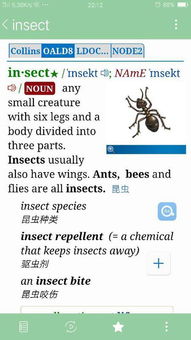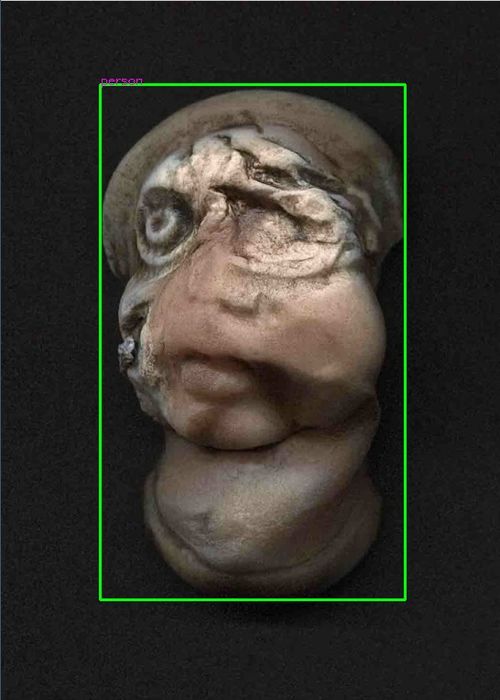
Infected Insect Bite Images: A Detailed Look
Have you ever found yourself scratching an itchy bite, only to wonder if it’s just a normal insect bite or something more serious? Insect bites can range from mild to severe, and sometimes, they can lead to infections. To help you better understand what an infected insect bite might look like, let’s delve into the details of these images and the conditions they represent.
Identifying an Infected Insect Bite

When examining an infected insect bite, there are several key features to look out for. These include redness, swelling, warmth, pain, and sometimes pus or other discharge. Here’s a closer look at each of these symptoms:
| Symptom | Description |
|---|---|
| Redness | Redness around the bite area is a common sign of infection. It indicates increased blood flow to the area. |
| Swelling | Swelling can occur as a result of the body’s immune response to the bite. It may be mild or severe, depending on the severity of the infection. |
| Warmth | Warmth around the bite area can indicate increased blood flow and inflammation. It may feel hot to the touch. |
| Pain | Pain is often associated with infected insect bites. It can range from mild to severe, depending on the individual and the severity of the infection. |
| Pus or Discharge | Pus or discharge is a sign of a more severe infection. It’s a thick, yellowish fluid that indicates the body is fighting off the infection. |
It’s important to note that not all infected insect bites will exhibit all of these symptoms. Some may only show redness and swelling, while others may have more severe symptoms like fever or chills.
Common Causes of Infected Insect Bites

Several types of insects can cause infected bites, including mosquitoes, ticks, fleas, bed bugs, and bees. Here’s a brief overview of some common causes:
- Mosquitoes: Mosquito bites can lead to infections, especially if the mosquito carries diseases like West Nile virus or malaria.
- Ticks: Ticks can transmit diseases like Lyme disease, which can cause severe complications if not treated promptly.
- Fleas: Flea bites can cause skin irritation and infection, particularly in areas with dense fur or hair.
- Bed bugs: Bed bug bites can cause itching and redness, and in some cases, they can lead to secondary infections.
- Bees and Wasps: Bee and wasp stings can cause allergic reactions in some individuals, leading to infections if the sting area becomes inflamed or infected.
Preventing and Treating Infected Insect Bites

Preventing infected insect bites involves taking steps to avoid exposure to insects and treating bites promptly if they do occur. Here are some tips for both prevention and treatment:
Prevention
- Wear protective clothing, such as long sleeves and pants, when in areas with a high risk of insect bites.
- Use insect repellents containing DEET, picaridin, or oil of lemon eucalyptus.
- Keep your home and yard free of standing water, which can attract mosquitoes.
- Check your clothing and body for ticks after spending time in tick-infested areas.
Treatment
- Clean the bite area with soap and water to prevent infection.
- Apply a cold compress to reduce swelling and pain.
- Take over-the-counter pain relievers, such as ibuprofen or acetaminophen, to manage pain and inflammation.
- Keep the bite area clean and dry to prevent infection.
- Seek medical attention if the bite area becomes red, swollen, warm, or painful, or if you develop a fever







